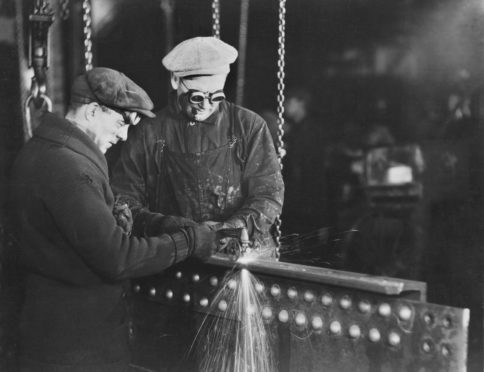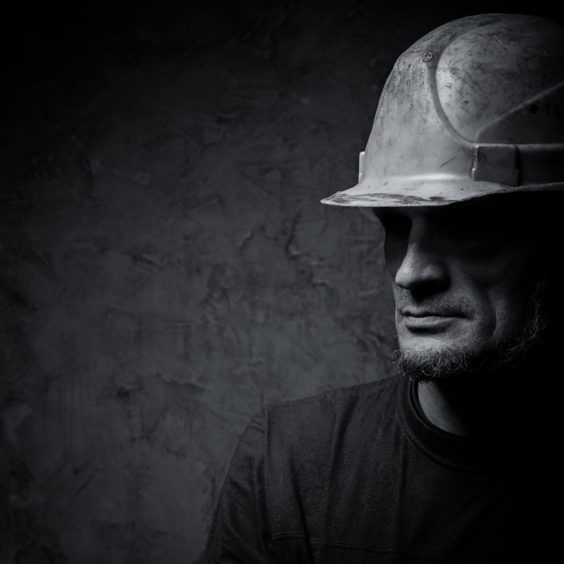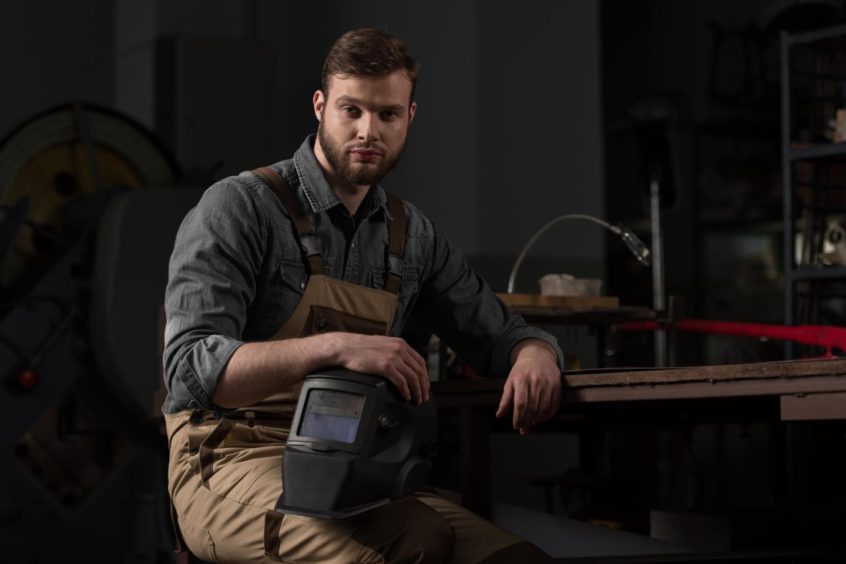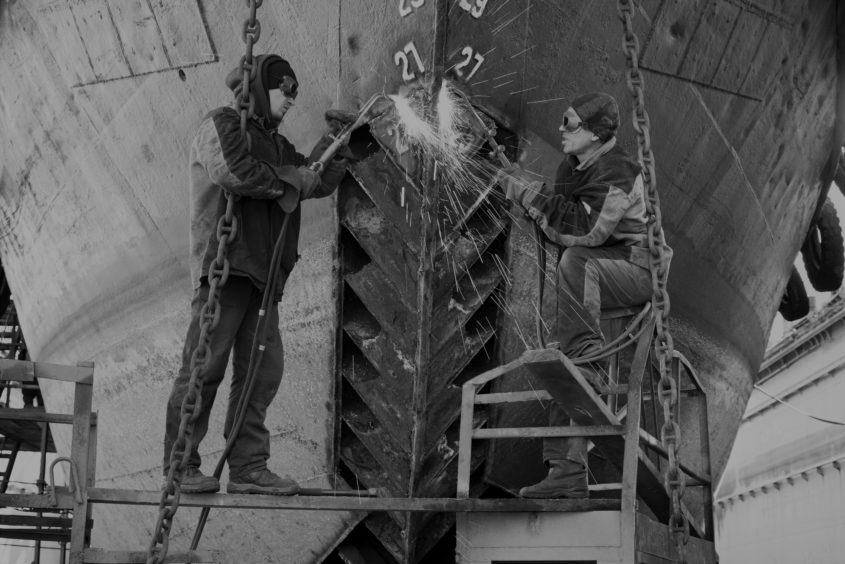
Thousands of people across Scotland are waking up to discover their pension won’t pay out as expected.
Many workers who switched to private schemes in the 1980s and 90s are now retiring and find themselves seriously out of pocket at a time when they need the money most.
The official compensation schemes shut down long ago, but there is still time for victims of these tragically mis-sold pensions to make a claim and claw back the cash they are due.
This financial nightmare began in the 1980s and 90s when privatisation and unemployment devastated traditional industries like shipbuilding, steel and mining. With jobs and livelihoods under threat, people were encouraged to drop their work pension and sign up to private alternatives.

We now know the process was poorly regulated. Sales teams were sent out in huge numbers to push the new schemes. Despite the high commissions some were paid, many were badly trained and had little grasp of the detail.
As a result, people signed away their money, one by one. They gave up their work pensions with guaranteed settlements and generous benefits and threw in their lot with private schemes which proved to be a bad deal across the board.
Dave Lamb of Corries Solicitors explains how this scandal happened: “Back then, people knew much less about how their long term finances worked. These were uncertain times for miners and shipbuilders and many other people who rightly feared for the future. That’s why they signed up in droves.
“They wanted security, a fair reward for a lifetime of effort. But what went on was truly shocking.
“We’ve heard tales of sales reps pulling up chairs in staff canteens to ‘chat’ about pensions. Endless cold calls, anything to get people to sign. As a result, thousands of hard-working people lost life-changing sums of money, in some cases well over £100,000.”

The nationwide fallout hit miners, steelworkers, dockyard workers, and others from heavy industries worst of all, however many others such as Council Workers, NHS and ScotRail were also affected.
Compensation was finally paid out for many when the Government took action in 1994 to put the disaster right. The scale of the scandal proved colossal, and workers who had been cheated out of their money received substantial payments to see them right. One Coal Miner from Dalkeith received over £60,000 and his case was not unusual.
But the worst tragedy of all was yet to come because many of the most deserving fell through the net. Some moved away, and not everyone received their letter. Others were too ill to respond, while many died, leaving widows and families in the dark.
The 1980s and 90s may seem like a long time ago, but the devastating effects of these mis-sold pensions is still with us.

The pain is felt most acutely in areas like Clydebank, Govan, Port Glasgow and Greenock, where a once-booming Shipbuilding Industry provided so many people with livelihoods. Friends who worked side by side all their lives may now be discovering their nest eggs are very different. All because one signed a form in the staff canteen and the other said: “No.”
Nobody deserves to miss out when they have a chance to put things right.
Anyone with doubts about how their pension was handled in the 1980s or 90s, can call Corries – free of charge – on 0800 9887997.

Enjoy the convenience of having The Sunday Post delivered as a digital ePaper straight to your smartphone, tablet or computer.
Subscribe for only £5.49 a month and enjoy all the benefits of the printed paper as a digital replica.
Subscribe